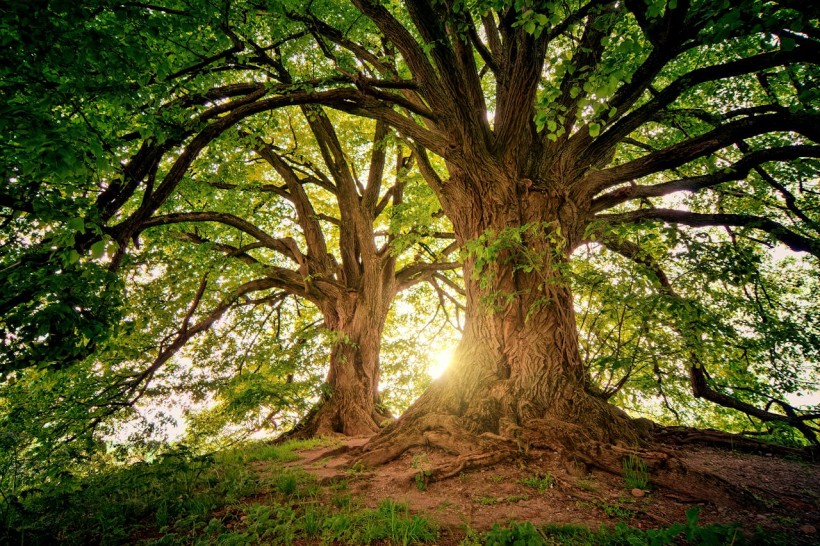In humans, there is an inexplicable bond between friends with an enduring quality that cannot be easily ignored. As individuals get along, friendship is formed as a state of enduring affection, intimacy, and trust.

(Photo: Pixabay/ Johannes Plenio )
Meanwhile, most animals have acquaintances, although only a few species are capable of true friendship. This bond is observed in a select group of mammals, like elephants, camelids, cetaceans, members of the horse family, and higher primates.
Interestingly, humans and animals are not the only creatures on Earth that form such bonds. Three friendships also formed in the forest.
Exploring the Secret Life of Trees
As the world's oldest living organisms, trees have been our silent companions. Although they inspire fantastical cosmogonies and permeate our most enduring tales, the richness of what they say is more than metaphorical.
Trees are believed to speak a sophisticated language. They are assumed to communicate complex information through taste, smell, and electrical impulses. Peter Wohlleben has proposed this secret world of signals in his book "The Hidden Life of Trees." The German forester spent decades working with human arboreal cohabitants and learning their secrets.
Wohlleben based his findings on his experience managing a forest in the Eifel mountains in Germany.
READ ALSO: Planting Forests, Key To Sustainable Living
Remarkable Friendship and Memory
Feelings are rarely attributed to trees, but Wohlleben does so without hesitation. According to Wohlleben, just because humans do not speak the trees' language doesn't mean they do not communicate. Trees are badly misunderstood even if they communicate with chemical and electrical signals.
Wohlleben claims that trees are sentient. In one of 50 cases, Wohlleben's team sees the special friendships between trees, as they can distinguish between one individual and another. This means that trees do not treat all other trees the same.
For instance, Wohlleben saw two old beeches standing next to each other. Compared to the usual case, each one was growing its branches turned away from the other rather than toward each other. This kind of partnership is well-known to foresters. They know that such tree pairs are really like a human couple. If they chop one down, they need to chop down both because the other will die anyway.
Trees were also found to keep each other alive in different ways. They pass food to nearby sick trees and send signals to warn others of dangerous insects. In one of his investigations, Wohlleben also discovered a beech tree cut by a charcoal maker about 400 to 500 years ago. The stump is still alive and was found with green chlorophyll under the thick bark. Since it has no leaves to create sugars, the only explanation is that neighboring trees have supported this tree for more than four centuries.
The trees that suffered through the drought were found to consume less water in the spring so that they will have more water available in the summer months. This implies that a tree can learn and remember a drought its whole life, acting on that memory by being more cautious of its water consumption.
RELATED ARTICLE: Forest Protection Crucial To Fight Climate Change
Check out more news and information on Forest in Science Times.



![Earth's Quasi-Moon Kamo‘oalewa Could Originate From Lunar Surface Not Asteroid Belt [Study]](https://1721181113.rsc.cdn77.org/data/thumbs/full/53275/89/56/50/40/earths-quasi-moon-kamo-oalewa-could-originate-from-lunar-surface-not-asteroid-belt-study.png)










